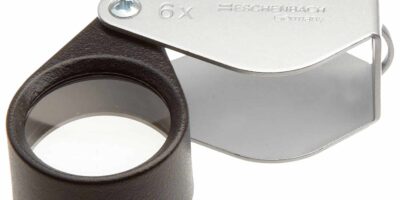JFK Half Dollar Value: A Comprehensive Guide
The JFK half dollar, first issued in 1964, has intrigued collectors and historians alike. This coin, featuring John F. Kennedy, emerged shortly after his assassination in 1963. Its issuance was not just an act of honoring a president, but also a reflection of a nation’s regard for a fallen leader.
Origins and History
The Kennedy half dollar was approved by Congress less than a month after Kennedy’s assassination. The U.S. Mint expedited the process due to public demand. The coin replaced the Franklin half dollar. The first year of issue, 1964, contained 90% silver, which significantly impacted its value then and now. Subsequent coins, minted from 1965 onward, contained a reduced 40% silver content until 1970. From 1971, the coins were made with a copper-nickel clad composition.
Key Features
The obverse of the coin, designed by Gilroy Roberts, features Kennedy’s profile. The reverse, by Frank Gasparro, showcases the presidential coat of arms. Various issues and mint marks, such as those from Denver (‘D’) and Philadelphia (none), exist. These details affect the coin’s value over time.
Factors Influencing Value
Several factors determine a JFK half dollar’s value:
- Minting Year: Coins from 1964 hold more silver, automatically increasing their worth.
- Condition: Coins in mint condition or uncirculated are more valuable than those heavily circulated.
- Rarity: Some years or mint marks may have lower mintage figures, boosting rarity and value.
- Error Coins: Like many mint issues, errors can occur, leading to unique and therefore more valuable coins.
The base silver value, especially in earlier issues, also contributes significantly. Collectors often prioritize coins with high intrinsic metal value.
Silver Content Value
The silver content in early JFK half dollars greatly contributes to their value. The 1964 coin contains about 0.3617 troy ounces of silver. As market prices for silver fluctuate, so too does the value of these coins. Coins from 1965 to 1970, with their 40% silver content, are less valuable in pure metal terms but still retain interest for their silver content.
Collectors’ Interest
Beyond silver content, collectors value these coins for historical reasons. The rush to honor Kennedy with a new coin gives it a unique place in U.S. numismatic history. Different mints and special editions, such as proof sets and commemorative issues, attract further interest. Collectors may seek out specific mint marks or years to complete sets, enhancing the market value for less common variants.
Evaluating Condition
The condition of a JFK half dollar can dramatically influence its value. Coins are graded on a scale from Poor (P-1) to Perfect Mint State (MS-70). Most circulated coins will range between Good (G-4) and Extremely Fine (XF-40). Uncirculated coins, often found in rolls or original Mint Sets, may grade higher. Coins found closer to Perfect Mint State are significantly more valuable, provided they are also rare or historically important. Even minor blemishes can impact the grade and, subsequently, the value of the coin.
Identifying Rare Variants
Some JFK half dollars are particularly scarce, creating added interest among collectors. For example, a 1964 Proof Kennedy half dollar with a Special Mint Set Strike can be worth more than general circulation examples. The 1966 SMS coin, with a high-grade cameo appearance, is another valuable variant. Evaluating these rare versions involves careful examination and, occasionally, professional certification to establish authenticity and quality.
Preservation and Storage
Proper storage is crucial in preserving a coin’s condition. Coins should be kept in a temperate, dry environment to prevent tarnish or corrosion. Coin holders, albums, and safes designed specifically for numismatic purposes are recommended. Handling the coins by the edges, with clean hands or gloves, prevents oils or residues from affecting the coin’s finish.
Market Trends and Investment
The value of JFK half dollars, like many collectibles, can vary based on market trends. The price of silver, collector interest in presidential memorabilia, and coin rarity all play roles. While silver prices can be volatile, historical significance often stabilizes the coin’s value. As a potential investment, JFK half dollars offer both tangible silver content and numismatic interest. Investors diversify portfolios by including coins with enduring historical and aesthetic appeal.
Key Considerations for Purchasers
Potential buyers or collectors must consider several factors:
- Authenticity: Verify the authenticity and grading of coins. Certification by recognized authorities, like PCGS or NGC, minimizes the risk of counterfeits.
- Purpose: Decide if the purchase is for collection, investment, or both. This will guide the selection toward aesthetic, historical, or silver content value.
- Budget: Set a spending limit based on the coin’s condition, rarity, and desired collection goals.
Conclusion
Appreciation for JFK half dollars extends beyond mere monetary value. These coins carry historical weight, representing a key period in U.S. history. Regardless of market trends, their blend of artistry, history, and precious metal content ensures they remain a prominent pursuit for collectors globally.
“`
